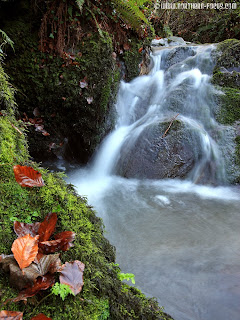Just got myself a Canon Ixus 90is compact camera and I'm really pleased with it, loads of great features for me to explore but still simple enough for the missus to pick up and shoot something (that sounded really sexist I know but she's not good with techie stuff).
I've seen loads of beautiful photos on here of scenes with moving water where the water looks milky. I'm assuming this is achieved with a slow shutter speed. How do I stop getting a white-out on the shot when I do this?
What kind of settings should I be looking at for this effect to work without having a SLR camera?
Thanks in advance for any help
Cheers
Sean
I've seen loads of beautiful photos on here of scenes with moving water where the water looks milky. I'm assuming this is achieved with a slow shutter speed. How do I stop getting a white-out on the shot when I do this?
What kind of settings should I be looking at for this effect to work without having a SLR camera?
Thanks in advance for any help
Cheers
Sean




